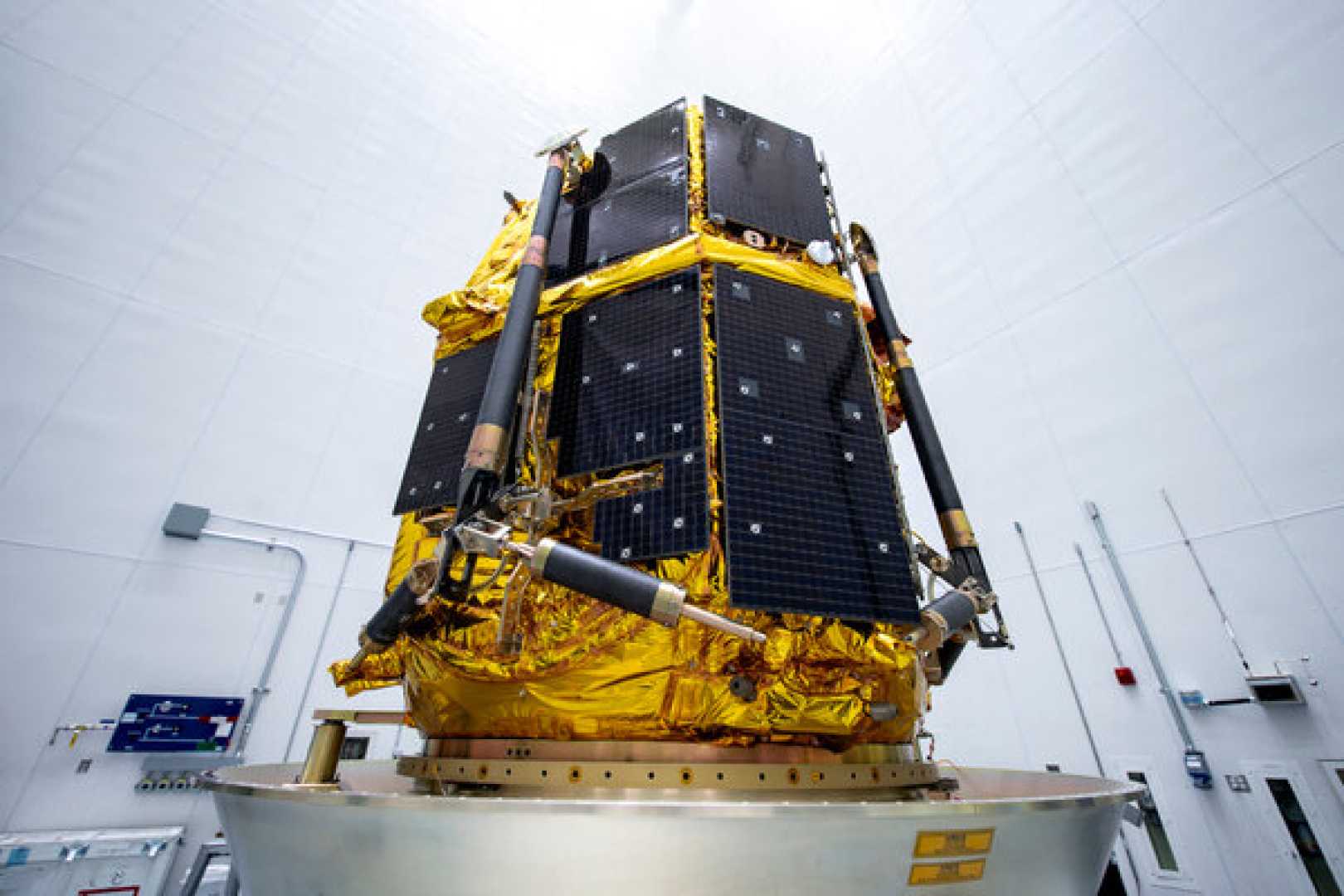Tech
Dual Moon Missions Launch on Single SpaceX Rocket

KENNEDY SPACE CENTER, Fla. — For the first time in lunar exploration history, two robotic landers from different nations launched to the Moon aboard a single SpaceX Falcon 9 rocket on Jan. 15. The mission, carrying Texas-based Firefly Aerospace‘s Blue Ghost lander and Tokyo-based ispace’s Resilience lander, lifted off at 1:11 a.m. EST from Launch Complex 39A at NASA’s Kennedy Space Center.
The launch marked the 100th orbital mission for SpaceX from the historic pad, previously used for Apollo and Space Shuttle missions. Weather conditions were favorable, with a 90% chance of acceptable conditions, though winds posed a minor concern. The backup launch window on Thursday offered calmer winds but a lower probability of clear skies.
Firefly’s Blue Ghost lander, part of NASA’s Commercial Lunar Payload Services (CLPS) program, is designed to carry ten NASA science payloads to the Moon. It will take approximately 45 days to reach the lunar surface, targeting a landing on March 2. The mission, dubbed ‘Ghost Riders in the Sky,’ aims to operate for 14 days, conducting experiments on lunar regolith, navigation, and material adherence.
Joel Kearns, NASA’s Deputy Associate Administrator for Exploration, praised Firefly’s mission plan, stating, ‘They’ve come up with a really credible mission plan to conduct all the experiments we want on our instruments.’ Firefly CEO Jason Kim highlighted the company’s use of lessons learned from previous missions, including hardware from its Alpha rocket, to enhance Blue Ghost’s design.
Meanwhile, ispace’s Resilience lander, part of the Hakuto-R Mission 2, will take a slower, low-energy transfer path to the Moon, targeting a landing in Mare Frigoris. The mission includes a small rover named Tenacity, equipped with an HD camera to capture images of an art installation called the ‘Moon House.’ Ron Garan, CEO of ispace-US, expressed confidence in the mission, citing software fixes from the company’s first failed landing attempt in 2023.
Both missions represent significant steps in advancing lunar exploration and commercial spaceflight. Firefly’s Blue Ghost aims to demonstrate new technologies, including a drill designed to excavate lunar soil, while ispace’s Resilience will test electrolysis for potential rocket fuel production on the Moon.
The dual launch underscores the growing collaboration between private companies and space agencies in expanding humanity’s presence on the Moon. As Firefly’s Brigette Oakes noted, ‘We took a lot of lessons learned from previous missions and adapted them for Firefly’s model.’












